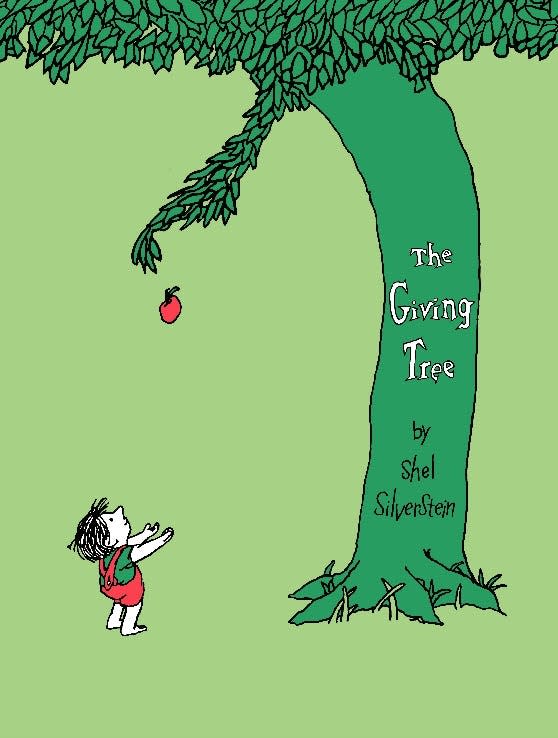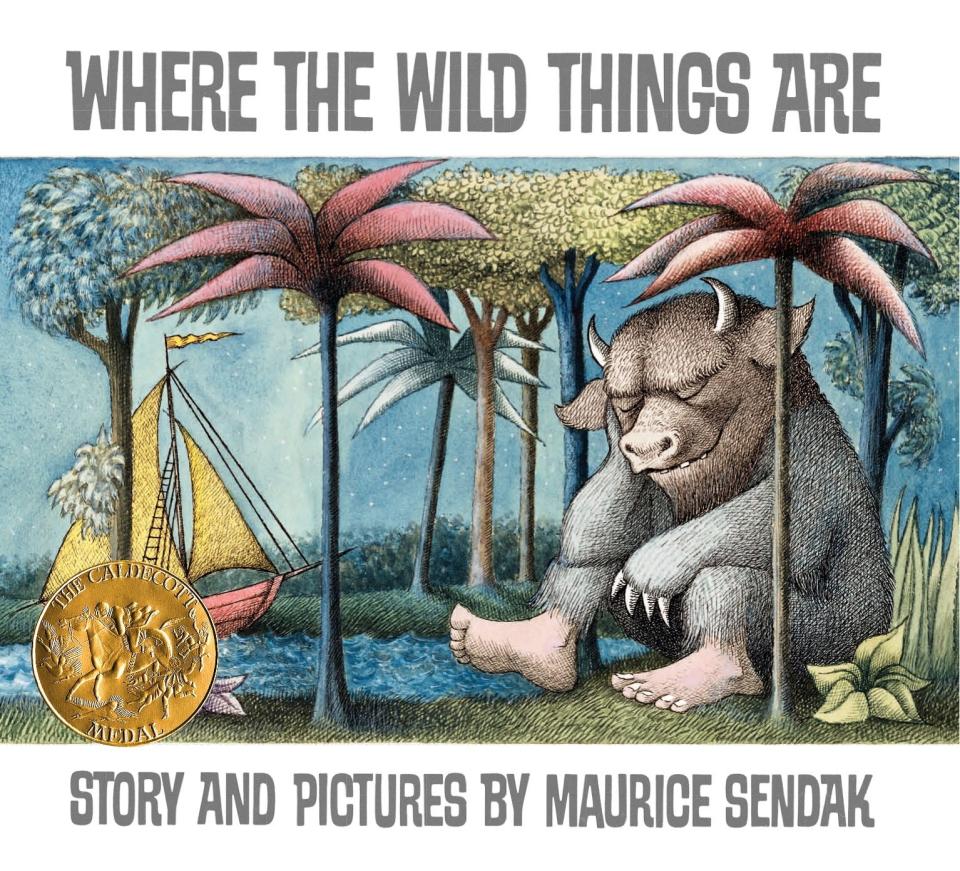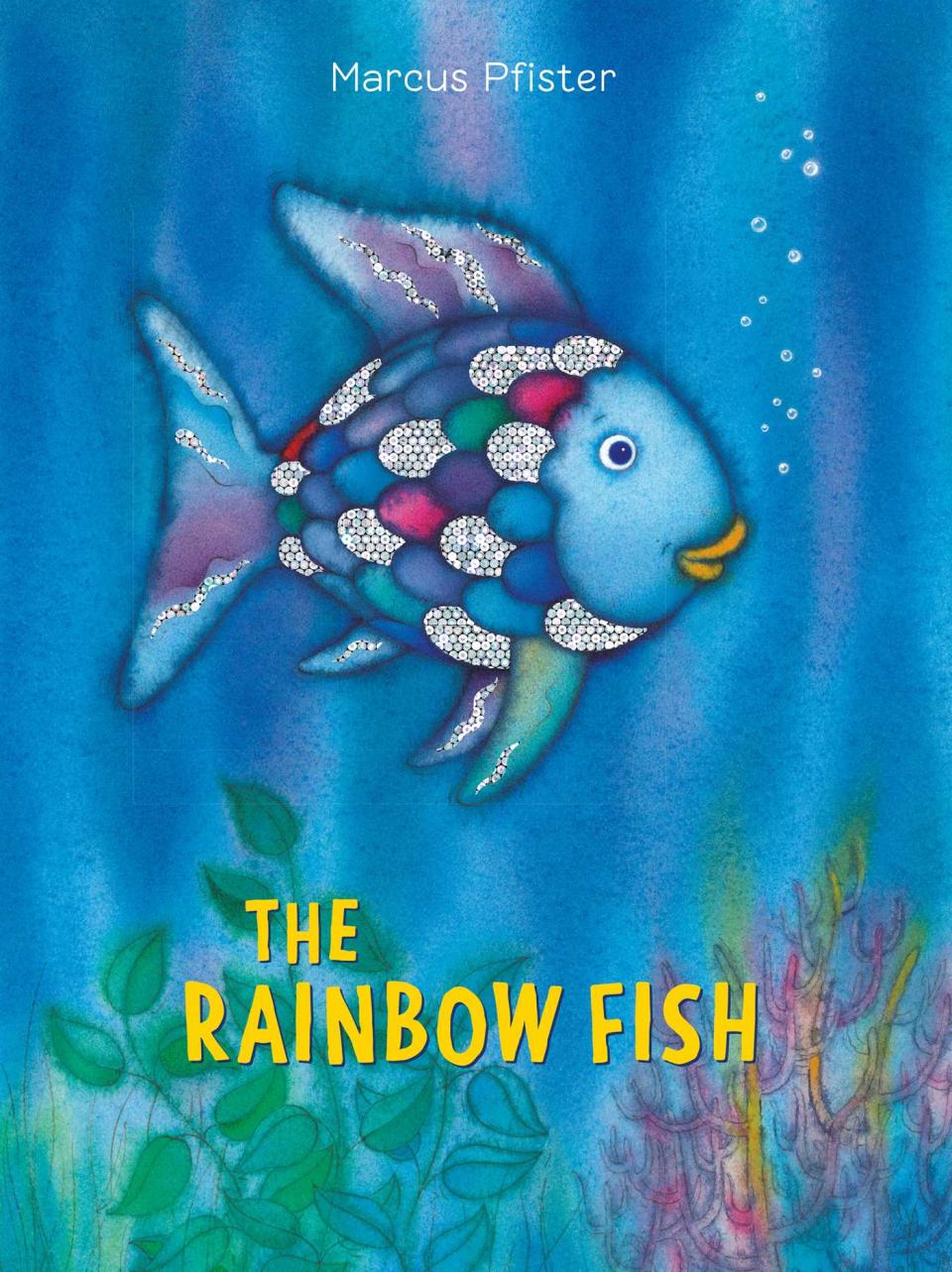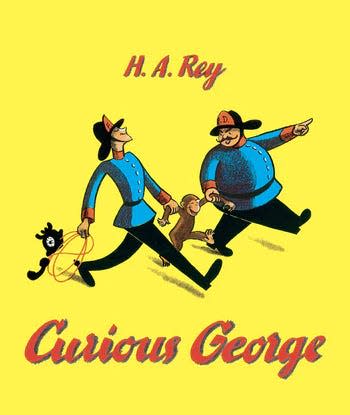'Love You Forever' is being called 'unsettling'. These kids books are just as questionable
One Facebook user recently roasted “Love You Forever,” inciting a firestorm of comments from people who love the book to others who have changed their minds after rereading as adults.
"When her son grows up, the mother drives across town and sneaks into his house when it’s dark to sing to him and rock him," Marlene Kern Fischer, a New York mother, blogger and author posted about "Love You Forever." "Does no one else find this incredibly unsettling?"
This got us thinking: What other classic children’s books have head-scratching messages?
Below are our picks. Some of these don’t stand the test of time, others teach our kids questionable lessons, and some are just plain creepy. From “The Giving Tree” to “Curious George” and “Where the Wild Things Are,” here are the kids' books we can’t look at the same anymore.
‘The Giving Tree’

At its core, this is the story of a selfish child who becomes a selfish man and takes everything from Mother Nature (a female). Does he feel any remorse at the end? It’s debatable. He returns to spend time with the once-thriving tree he’s reduced to a withering stump, but it’s unclear if he ever grasps the role he’s played in her demise. And why is she happy at the end? What does that message send to our children? To our daughters? It’s long been argued this is a story of generosity, an important value to teach children. But somehow at the end, this man is still using this tree for all she’s got, and she’s happy about it – happy for his attention. It doesn’t hold up in 2024.
‘Where the Wild Things Are’

A lot has changed since Maurice Sendak published this book in 1963, including how we feed our kids and talk about food. This book has timeless illustrations and was even made into a subpar movie, but the entrance into Max’s magical monster-filled world is via a massive temper tantrum, for which he is punished in the form of being sent to his room without dinner. Studies have since shown using food as a punishment – or reward – can disrupt the formation of healthy eating habits. The book ends when a hungry Max realizes he is ultimately being allowed to eat his supper, alone in his room. It’s a hard plot point to work around if you are subscribed to the modern takes on feeding and disciplining kids.
‘The Rainbow Fish’

To people who love the book about “the most beautiful fish in the entire ocean” removing its unique scales and handing them out to sea creatures, it's a lesson against vanity and in favor of caring.
But flip the point of view, and it becomes a cautionary tale about having to give up what makes you special – what literally makes you sparkle in this case – to make others like you. When the entitled Little Blue Fish doesn’t get a scale (“You have so many,” he whines), he rallies all the sea creatures to shun the Rainbow Fish so they “turned away when he swam by.” This is bullying, kids. The Rainbow Fish’s loneliness spurs him to take off his beautiful scales so the others can wear them. Great, let’s all be mediocre. It’s not until he’s just like everyone else that he’s supposedly happy. But why should the Rainbow Fish be friends with creatures whose acceptance is based on what he can give them? The answer is he shouldn’t.
‘Curious George’

The first “Curious George” book starts with George in Africa. And a page in, the man with the yellow hat says, “What a nice monkey. I would like to take him home with me.”
Let’s just say even children will now see this as a bad idea – even without colonialism. Is the man a poacher? Was the man vetted? It is harder to adopt a dog than apparently take a monkey across continents. When the two later seem to become friends, does George have Stockholm Syndrome? We get that the idea is supposed to be a funny, curious monkey who gets into mischief. But who thought it was a good idea to leave George in a firehouse where he later ends up in jail, or to run a newspaper route? The monkey is adorable, and the man in the yellow hat makes an easy and popular Halloween costume, but there are so many better books than this children’s “classic” by H.A. and Margaret Rey. No, we don’t want to cancel George, but maybe give him a rest to expand your children’s library with better books.
This article originally appeared on USA TODAY: 'Love You Forever' mocked in viral post. Are these books even worse?

